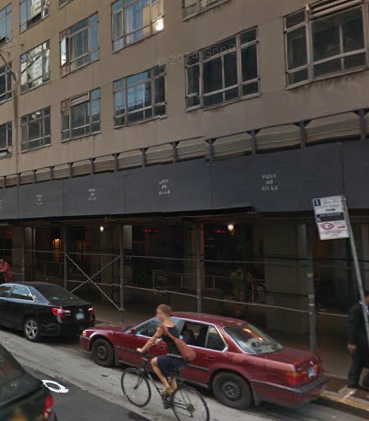OPINION: 370 Jay back in 1950: Shiny, hi-tech & secret tracks for ‘Money Train’

Soon, on Oct. 1, the Transit Museum will unearth a time capsule at 370 Jay St., the former MTA New York City Transit Headquarters, that was installed before the building was opened in 1950. The documents found there, relating to construction of the building, will be exhibited by the museum early next year.
The last time the building made big news was two years ago, when the city agreed to sponsor NYU’s new high-tech school, the Center for Science and Progress, in the nearly-empty building. At the time, then-Mayor Michael Bloomberg said the school would accommodate approximately 530 graduate and doctoral students, as well as some full-time faculty and post-doctoral researchers.
The school launched its inaugural classes in 2013 in temporary headquarters at MetroTech. As for when NYU will actually move the school into 370 Jay, well, we shall see.
